隈研吾善於應用各式材料,舉凡竹子、泥磚、木料與玻璃等,打造深具日式禪風的建築風格。因為使用幾乎天然的建材,成功結合空氣、水與陽光,營造出清新的建築場域,強調建築與自然的和諧。
維多利亞與艾伯特博物館(V&A)新分館將於 2018 年 9 月 15 日於蘇格蘭第四大城鄧迪(Dundee)隆重開館。與此同時推出大師最新全集作品,總計涵蓋過去五年的建築作品,兩座法國的博物館,一座義大利的環保基地再造,中國多家商用空間,甚至是日本的幼稚園。從知名的玻璃屋(glass house)到 V&A 博物館新館(V&A Dundee),全面解析大師建築風格的底蘊。
標誌著日本建築風格的巨匠隈研吾,熟練地結合傳統與當代活力,肯尼士法蘭普頓 (Kenneth Frampton)專文介紹這位日本建築奇才,詳述每個建案的理念,佐以建築原圖、建築材料與組織整合等概念,提供給讀者完整的背景知識,並直搗二十一世紀最重要的日本建築家核心。(文 / 博客來編譯)
Since establishing his practice in 1990, Kengo Kuma has brought contemporary vigor to Japan''s already rich modern architectural heritage and developed projects far beyond his native country. Influenced by a period at Columbia University in New York and by the lessons of his mentor, Hiroshi Hara, Kuma has forged his own pared-back language: responsive to local nature and traditional construction, entirely contemporary in its execution, yet rooted in a Japanese sensibility.
The experience of his buildings is hypnotic and highly sensory. Much of this powerful effect is achieved by Kuma''s deft, sometimes dramatic, use of materials. Projects in the past five years alone include two museums in France, landscape projects in Italy, hotels and large- scale retail and commercial projects in China, and numerous projects in Japan, including a kindergarten.
Published to coincide with the opening of Kuma''s new Victoria & Albert Museum in Dundee, Scotland, with the architect''s direct involvement, this volume, expanded to include five new projects, offers unparalleled insight into the mind of one of the great architects of the twenty-first century.



 天天爆殺
天天爆殺  今日66折
今日66折 
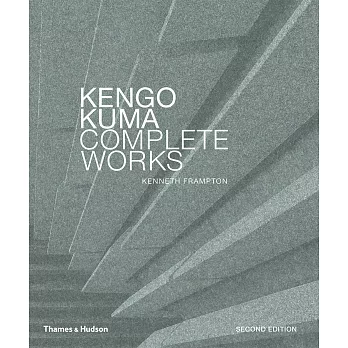
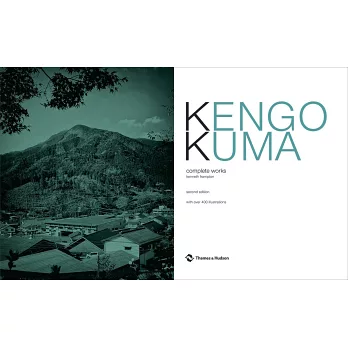
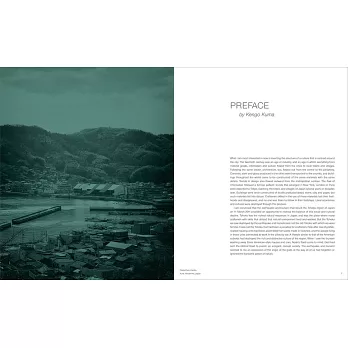
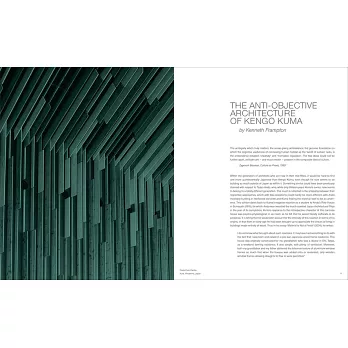
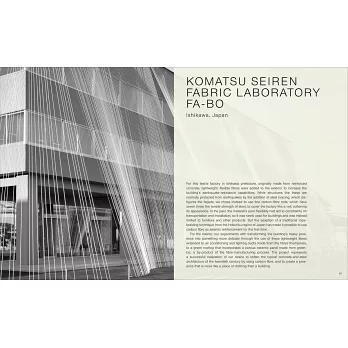
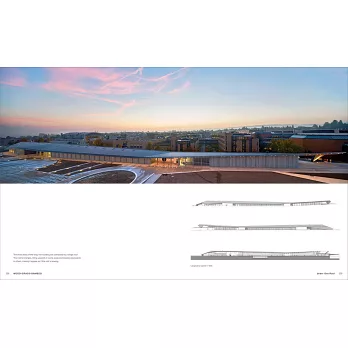
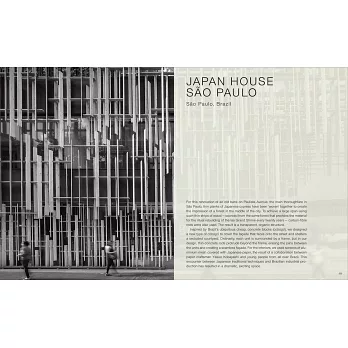
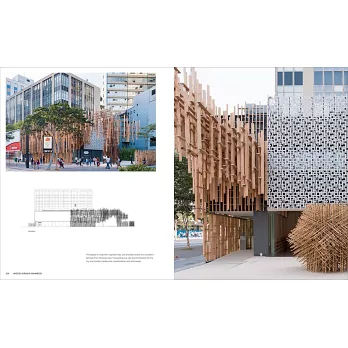

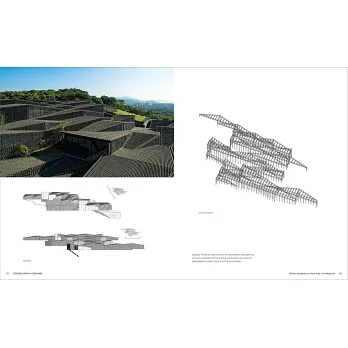

























 博客來
博客來 博客來
博客來 博客來
博客來 博客來
博客來 博客來
博客來